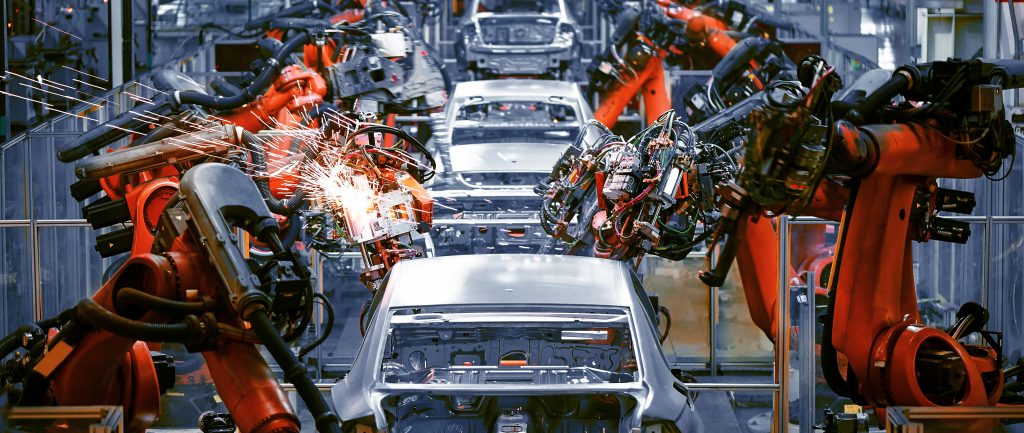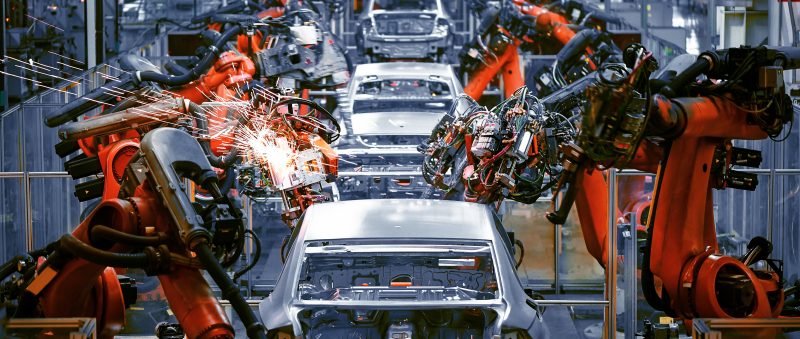
Most people never really think about the machines and man hours that go into manufacturing the products that seem to magically appear at the local supermarket or big box store. But the challenge every manufacturer faces is how to reach the end goal of providing high quality consumer goods… while keeping costs at a reasonable level. Manufacturing methods are not one-size-fits-all. So how do you choose the one that is best for you?
In deciding to utilize a manufacturing method that best suits the manufacturer’s goals and price point, several calculations must be made. This includes (but is not limited to):
- consumer demand
- cost to the manufacturer
- costs of raw materials
- transportation costs
- taxes
- availability of resources
Manufacturers must constantly evaluate their methods in an effort to reduce costs, lead times and errors in manufacturing. And there is a wide variety of manufacturing methods that may be employed, depending on the consumer market. These are four generally accepted systems that companies employ to manufacture products:
- One-off production refers to making a single specialty item. This is the most expensive, because it usually refers to making something custom made according to the customer’s desires (e.g., a custom-built house, or a mall kiosk customized t-shirt featuring a photo of your family or pet).
- Batch production refers to making a specific number of identical products. Specialty drink or food products are usually run in batches.
- Mass production is generally focused on large quantities of products, using machines and repetition. Car companies generally employ this technique, perhaps running a facility for three days straight and then taking two days off for maintenance.
- Continuous production refers to a 24-hour (nonstop) manufacturing process. Did you know that giant potato chip companies often fail to meet consumer demand, despite running their facilities indefinitely? Come on guys… More chips, please!
Each of the above general processes have unique costs and benefits for the manufacturer. And companies are constantly pushing the envelope to develop more streamlined manufacturing methods to increase quality, reduce costs and reduce industrial waste—while leaving less of a carbon footprint. But historically, there are several matters all manufacturers must deal with:
- When to order supplies
- When to make repairs or maintenance
- When to transition to a new production line
- How long inventory should remain on the shelves
- How fast a consumer can receive a product
- The order and layout of their facilities
- Safety of their workforce
Choosing the most efficient manufacturing method for your business can mean the difference between success and failure… Headaches and peace… Profitability and bankruptcy. But manufacturers have developed some additional techniques to help streamline the overall process.
Kanben Scheduling System
Kanben was developed by Taiichi Ohno, an engineer at Toyota, to help streamline a just-in-time (JIT) manufacturing process. Basically, it includes some sort of alert system (human or computer) which orders new supplies when the company is running low. Nowadays, many manufacturers (and businesses alike) use a Kanben system for ordering supplies.
Just-In-Time Manufacturing
JIT is exactly what it sounds like: purchasing enough supplies to manufacture the right amount of goods before having to order additional supplies. Kanban and JIT basically go hand-in-hand. In theory, Kanben and JIT will allow manufacturers to reduce inventory, which should reduce a variety of costs.
Just-In-Sequence Manufacturing
Just-in-sequence is an extreme case of JIT, where supplies arrive at the factory the exact moment they are needed. However, using this method is risky because of the potential for downtime should the materials arrive late.
Quick Response Manufacturing
This involves a sole focus on getting products to the customer as soon as possible. However, speed comes at a cost due to the potential of mistakes and errors. Think of the classic scene from I Love Lucy, when Lucy and Ethel are unable to keep up with the conveyor belt while wrapping chocolate candies (so they stuff them in their clothes, hats… and mouths.) Mistakes will be made, but for all manufacturers speed vs. quality is a never-ending balancing act.
Cellular Manufacturing
The design and layout of a manufacturing facility is another area which, if done properly, can save both time and money. Cellular manufacturing describes a process where machines work in ordered sequence from start to finish. The automobile industry probably does this the best. After all, Henry Ford reduced the manufacturing time of automobiles from 12 hours to less than three by reorganizing how the workers and machines worked together.
Maintenance, Repairs and Changeover
Another struggle manufacturers face is knowing when to conduct maintenance and repairs. The experts suggest TPM, or total productive maintenance. This means, at the end of the day, all the manufacturing equipment is cleaned and serviced at one time rather than doing it haphazardly—or waiting until something breaks down.
Single minute exchange of die refers to how fast a manufacturer can change over to manufacture a different product. Ideally, this is under 10 minutes, or a “single-digit” amount of time. The downtime from the changeover costs resources and revenue. Think about changing a tire… Now think about a pit crew changing a tire.
There are endless ways to manufacture products, and manufacturers should think both critically and strategically about what process works best for them.
(I must note that some of the newest manufacturing techniques employ 3D printing, which I will address in another post.)




